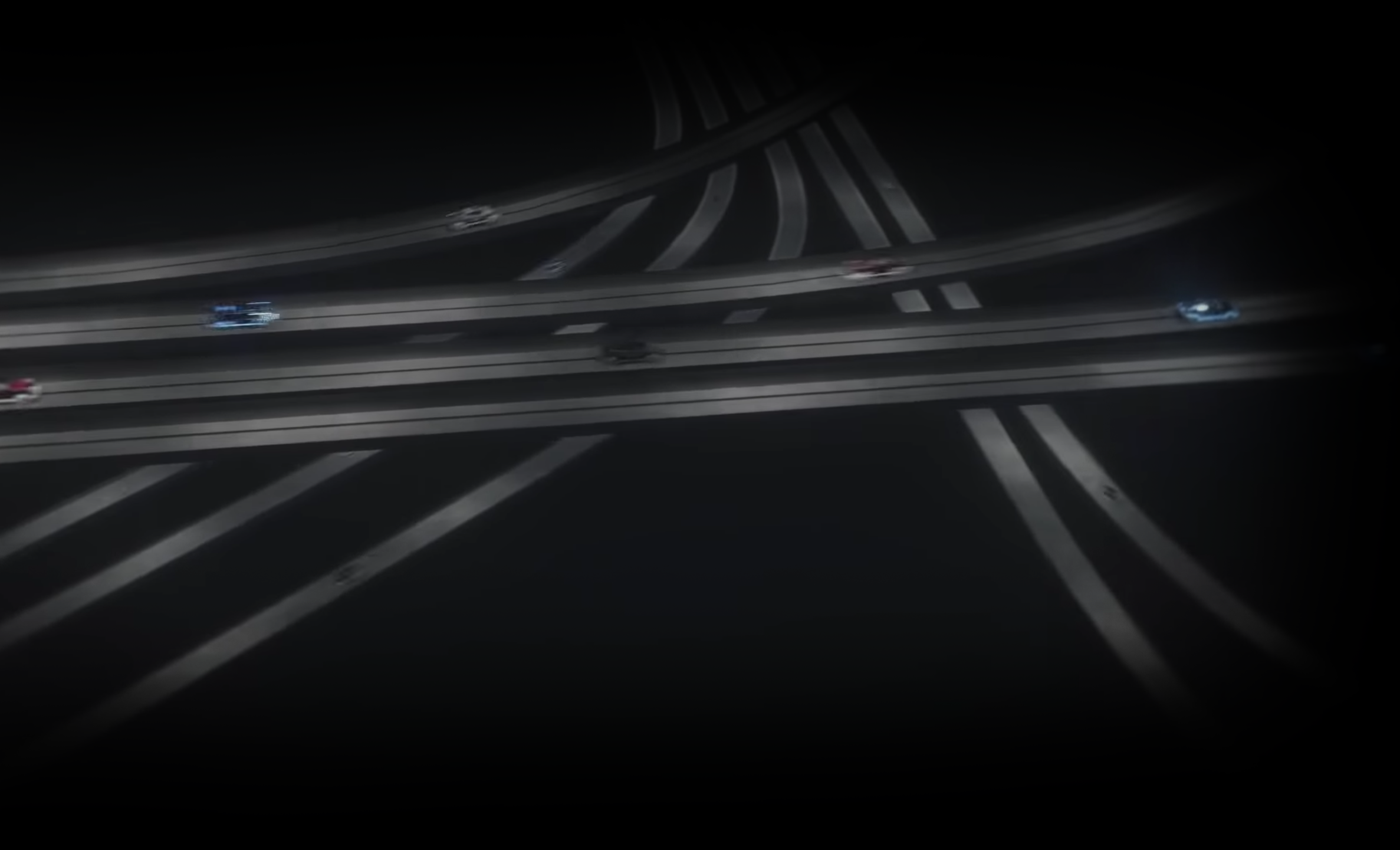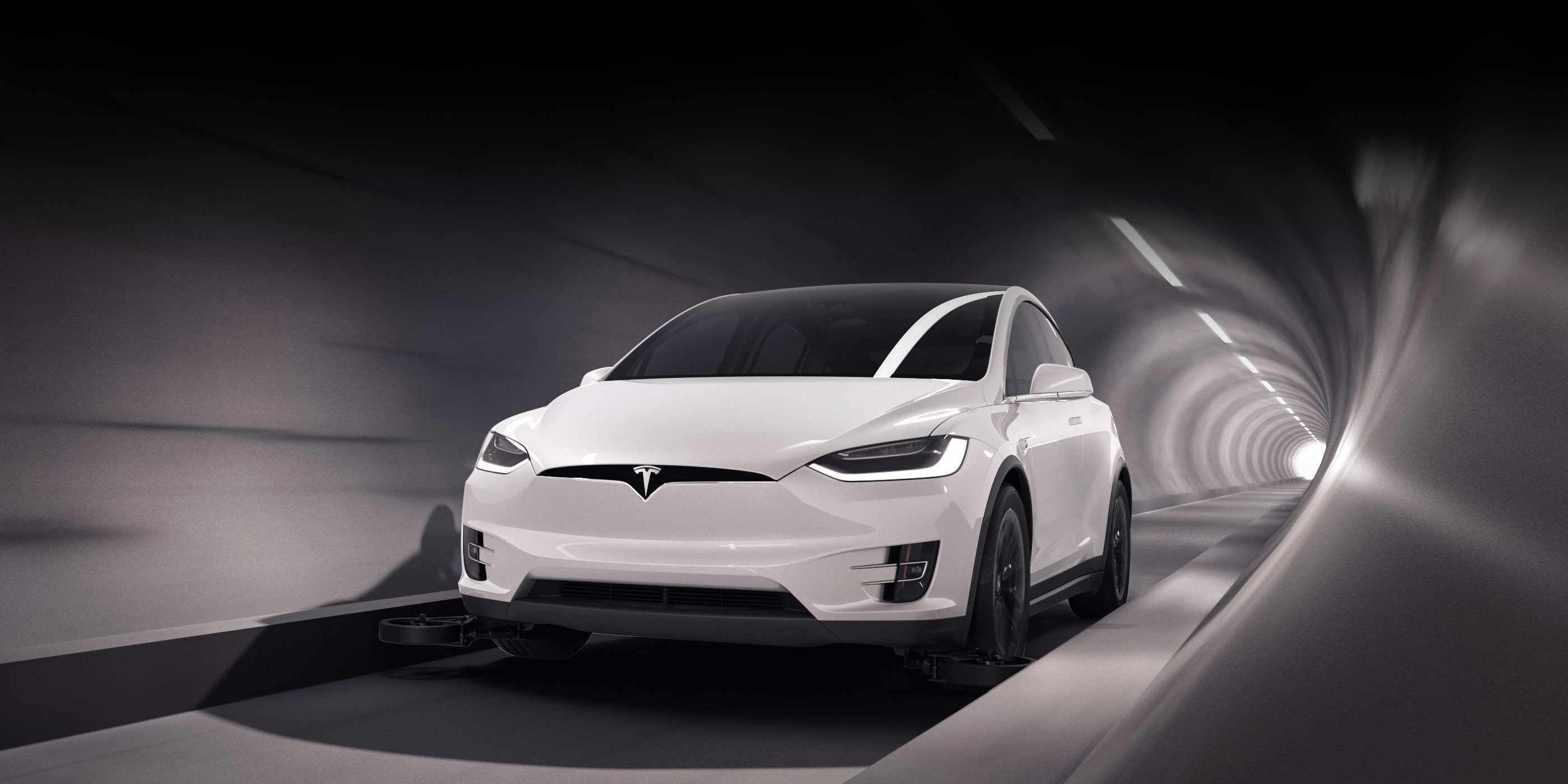BACK TO PROJECTS
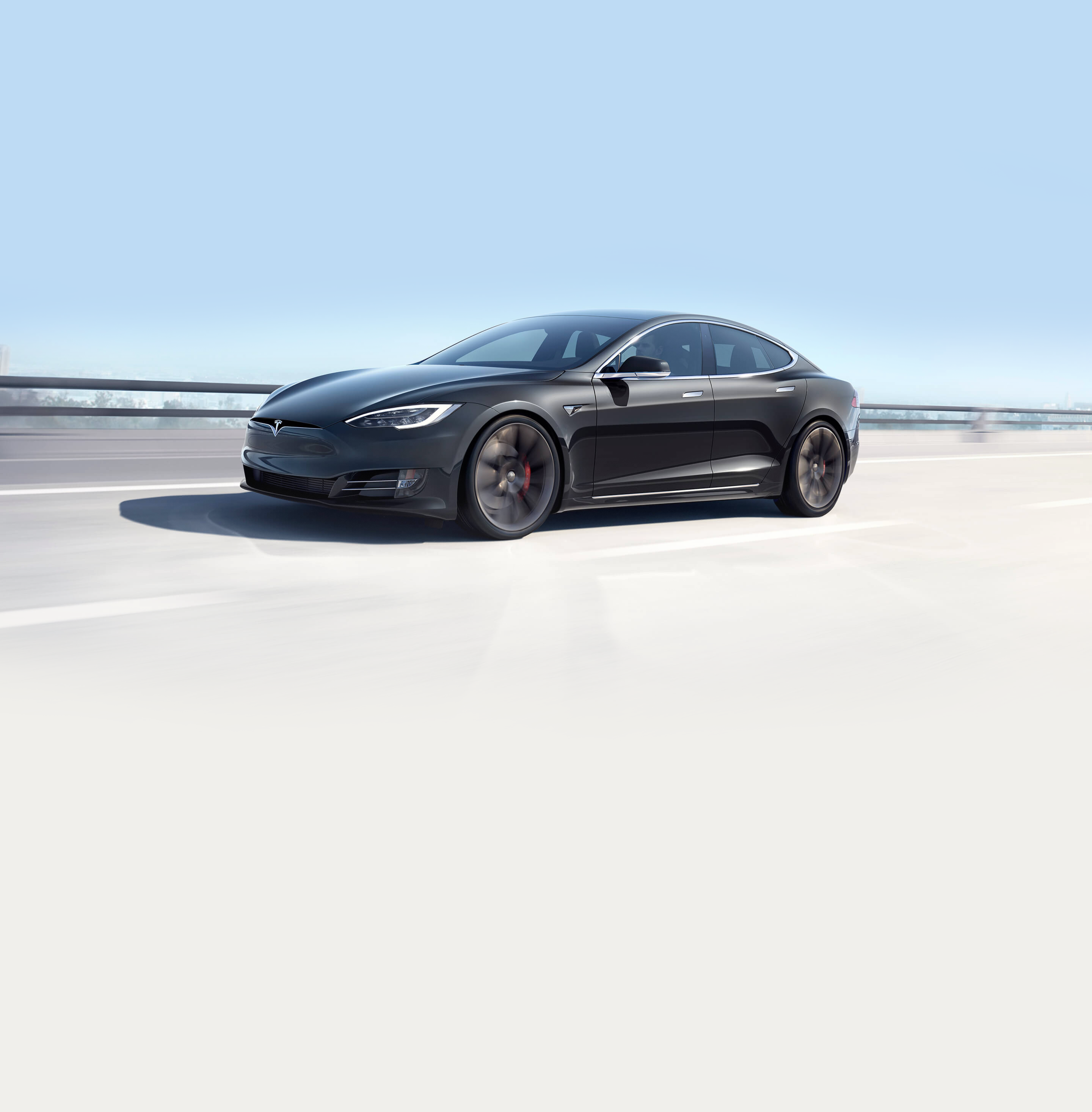

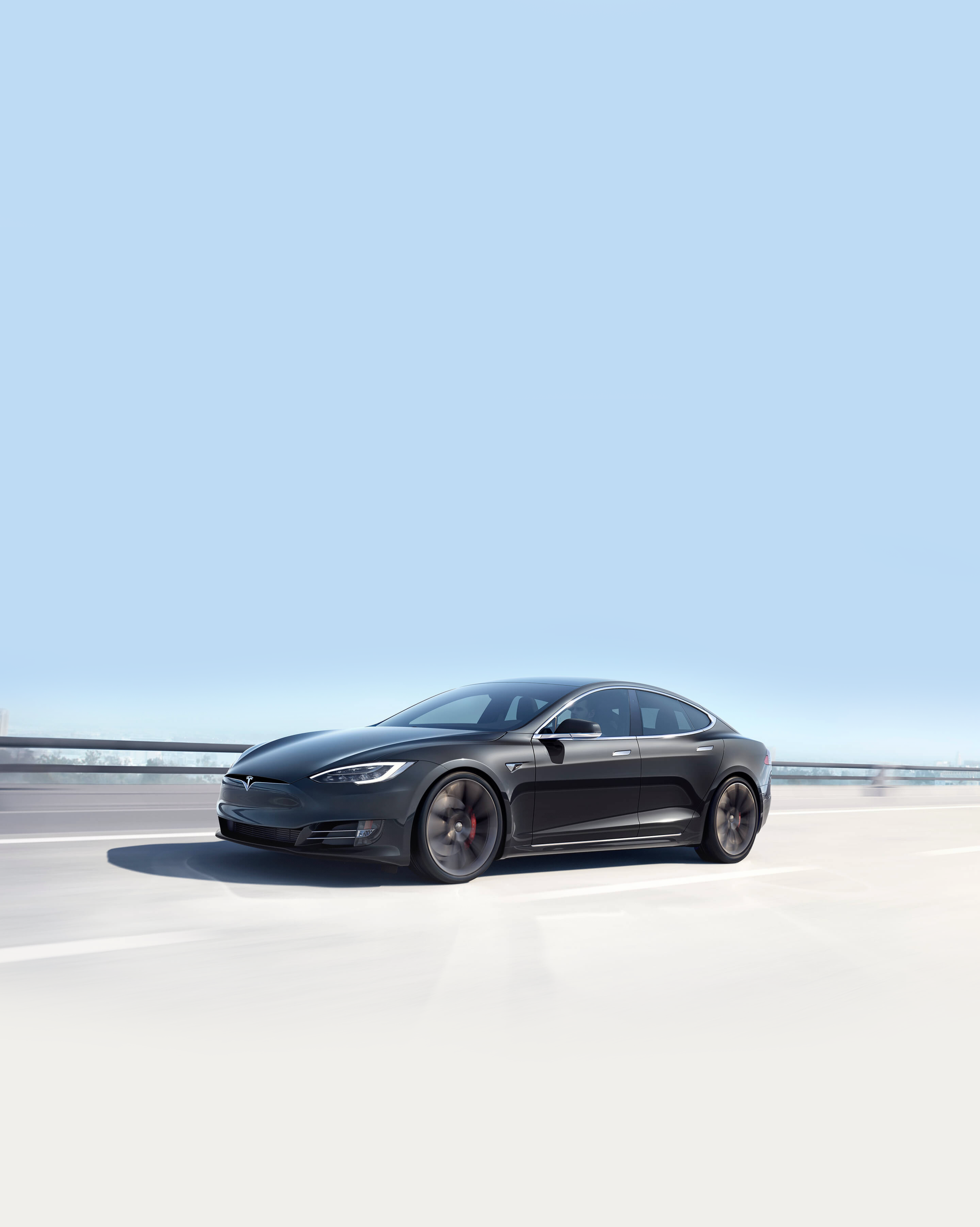
Final year dissertation examining the impact that Elon Musk’s forward thinking attitude, towards cities and their transport systems, could have on the optimal development of cities in the future.
“Londoners…bear the brunt of…the longest commute in the country at 74 minutes – almost twice the worldwide average of 40 minutes” (Cotton, 2018).
The motivation for this research stemmed from a six-month period I spent living in London to complete my Part 1 architecture placement. While enduring a 45-minute commute, each way, to and from work I began to question the impact that the transport networks had on the urban fabric of London. The London Underground somewhat governed me from an economic and social perspective. Starting to think about the sustainability of a commuter lifestyle, and whether or not it was a form of existing instead of living, I wanted to use this opportunity to extend my thinking and to look in depth at the sustainability of the three-way relationship between a city’s built form, society and transport networks. London, however, was only an initial springboard for my thinking. Upon further research into this topic, I realised that the USA exhibited much greater issues in terms of transport than the UK.
“The automated city” offers an analysis of the social, economic and environmental impact that Elon Musk’s proposed transport systems could have on creating an optimum urban future for the USA. Additionally, it will highlight, if implemented, how well Musk’s thinking aligns with urban theories that put architecture and urban design at the forefront, and how these could be affected by Musk’s transport innovations.
While Musk’s concepts have been written about extensively from an economic and technical perspective, there is a gap in analytical literature discussing their impact on both the physical urban landscape and the way humans interact with it. This research, therefore, presents an initial infill of this gap; could Elon Musk’s transport technology play a role in developing an optimal urban fabric for the future of the USA?
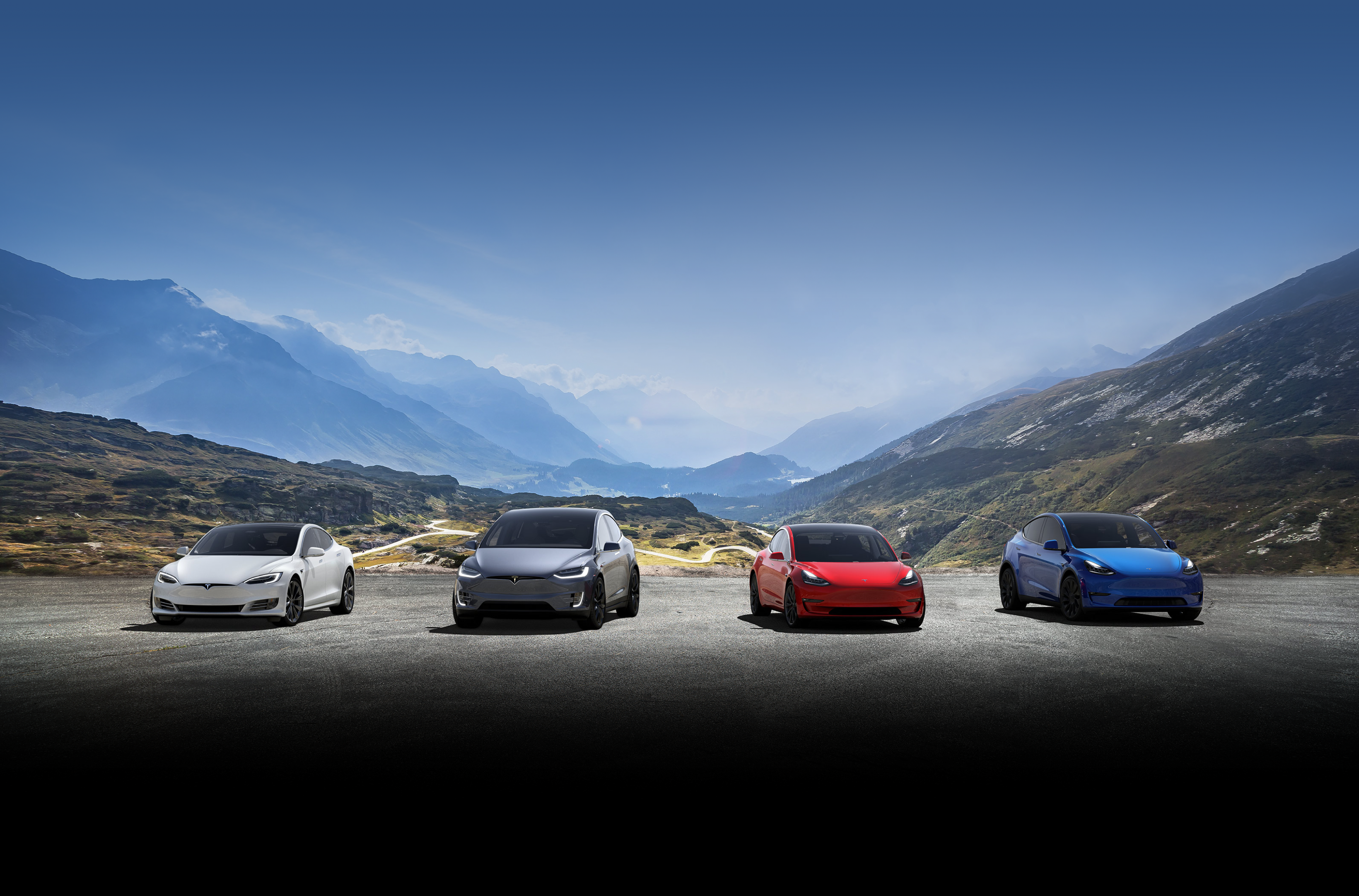
Musk, without doubt, has advanced the transport industry, delivering transport concepts the public didn’t even know they wanted (Vance, 2016, p.295). With Tesla continuing to make cars at an accelerated pace and testing going well for both Hyperloop and Loop (Hawthorne Test Tunnel, no date), it would appear that Musk is moving towards achieving his goal to accelerate the world’s transition to sustainable energy (About Tesla, no date) while giving humanity the bright future that it deserves (Vance, 2016, p.5).
With Musk self-proclaiming himself as the ‘architect of an exciting future’ (Vance, 2016, p.114) lies a key point of contention over his eligibility to lead the integration of transport technology that could have such a monumental impact on creating the optimum city of the future. Trained as an engineer, with no urban design experience, it must be queried whether Musk sufficiently takes into consideration the important relationship that transport, architecture and the city possess. Additionally, when a rare attempt is made to contextualise the Tesla Lifestyle, it manifests within the hypermodern extra suburban America, outwith the average American’s reach. While not conclusive to his likelihood of success in altering the urban fabric for the better, a further cause for concern arises from Musk’s lack of reference to inspiration, despite following in similar suit to failed concepts for future cities based upon transport. It would therefore appear that Musk doesn’t fully understand the implications of his transport being adopted within the urban fabric beyond a reduction in burning hydrocarbons.
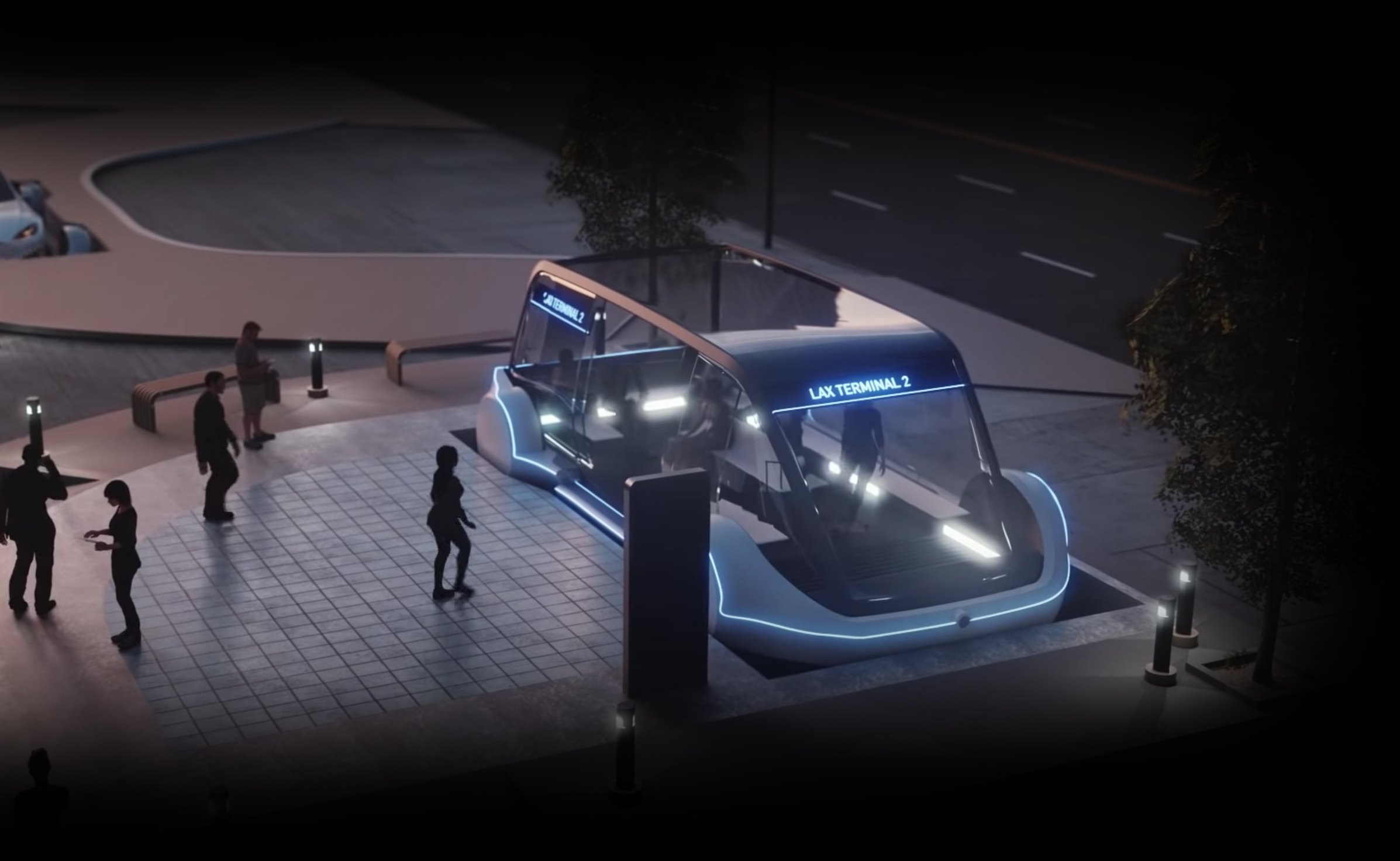
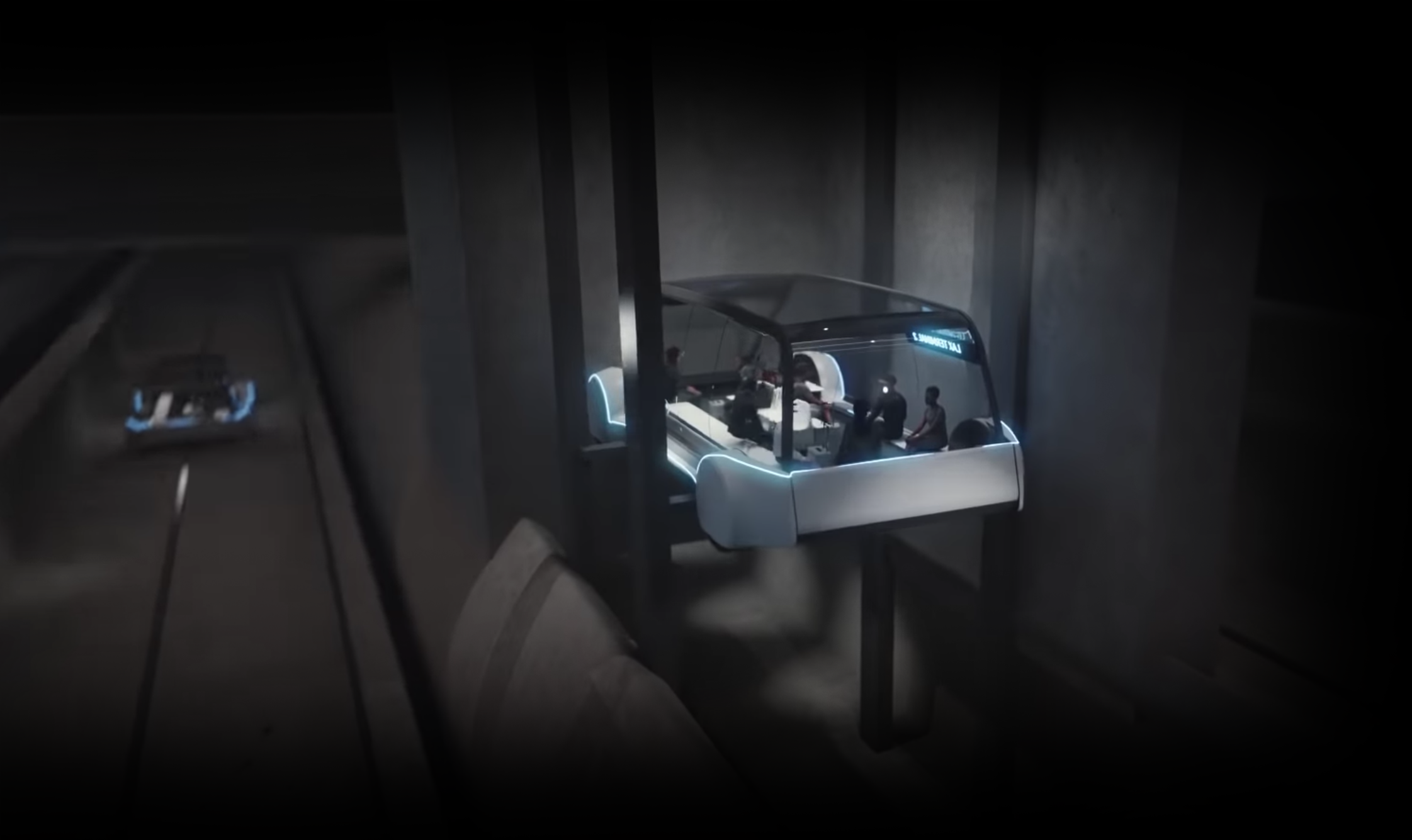
In order to asses if Musk does have any role to play in the creation of the optimal urban form of the future, analysis regarding which transport could, or is prevailing, and which urban form is closest to being conducive of a theoretically optimal urban future, must be brought together. The current urban fabric and established supportive infrastructure, combined with the ability to sell directly to the consumer in small but continuous numbers (Vance, 2016, p.15) and thereby allowing for quicker trust development and implementation, puts Tesla ahead of Hyperloop and Loop. As long as Tesla dominates, it will only become increasingly difficult for Hyperloop and Loop to find a footing both in society and a supportive urban form. Tesla, although reducing America’s reliance on hydrocarbons, does not support optimisation in terms of social and economic equity. If viewing optimisation as equity, then design that pushes for a dense urban environment supported by mass transit, in this case favouring Hyperloop and Loop, creates as close as possible to the optimal urban future.
If Musk continues to push for both Tesla, Hyperloop and Loop to be implemented across the USA simultaneously, neither will have a fully supportive urban form nor have optimal impact on the urban form surrounding it. The result would likely be an exaggeration of the split that is seen today - urban forms that adopt mass transit like New York would become denser and closer to being optimal models, while the sub-optimal character of low-density suburbia increases. There also lies the potential for Musk’s transport technologies to cancel the others out, without any being successful in their own right.
In order for Musk to have the greatest impact upon an optimal future, he must work as part of a whole system design team. Working with architects, urban planners and other disciplines he could fully understand how the urban environment and its population, economically and socially complex as it is, can affect and be affected by the implementation of his concepts. As idyllic as a singular transport system would be, the reality is that different parts of the USA require different strategies for both urban planning and transport systems, potentially allowing for Hyperloop, Loop and Tesla to co-exist in the same country but not the same city.
Musk will very likely play a role in the creation of an optimal urban future for mankind. If working closely with others, he without doubt has the technological ability to reduce the climatic impact of transport.
While Musk has so far based his concepts within the USA and has not had the most effective impact on creating an optimal urban fabric for the future, there remain markets where the automobile and low-density sprawl do not prevail. Implementation of Hyperloop and Loop in these countries could see them go straight from their current urban models to one that is optimal, completely avoiding the sub-optimal auto-dependent urban form the USA currently exhibits. Musk, if he elected to expand rapidly beyond the USA, could have a much stronger influence on creating a sustainable urban fabric for humanities future (Disruptive change, 2018, p.12).
Musk’s transport innovations are therefore very likely to play a fundamental role in the creation of the optimum urban fabric of the future. Whether Tesla or Hyperloop and Loop will prevail, and play a role in the physical shaping of the architecture of urban forms, will likely be determined on a country to country, if not city by city basis.
